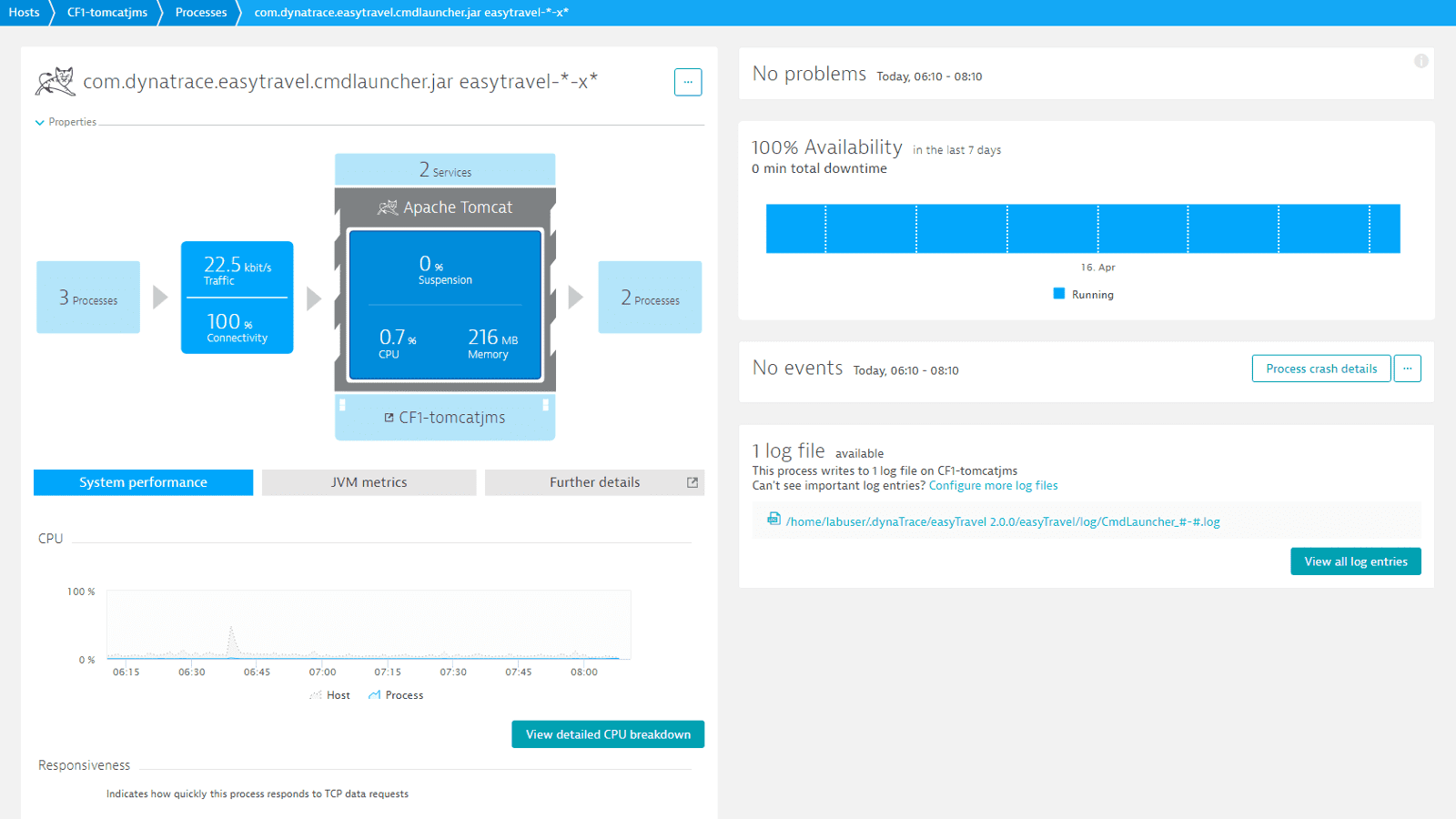

According to Ma Huan's book (the Yingya Shenlan), the Chinese called Java as Chao-Wa, and the island was called 阇婆 ( She-pó or She-bó) in the past. The annual news of Songshu and Liangshu referred to Java as She-po (5th century CE), He-ling (640–818), then called it She-po again until the Yuan dynasty (1271–1368), where they began mentioning Zhao-Wa (爪哇). The name indicates Java and seems to be derived from the Sanskrit name Java-dvipa (Yavadvipa). Iabadiu is said to mean "barley island", to be rich in gold, and have a silver town called Argyra at the west end. The great island of Iabadiu or Jabadiu was mentioned in Ptolemy's Geographia composed around 150 CE in the Roman Empire. Another source states that the word "Java" is derived from a Proto-Austronesian root word, meaning "home". Java is mentioned in the ancient Tamil text Manimekalai by Chithalai Chathanar which states that Java had a kingdom with a capital called Nagapuram. It was hence referred to in India by the Sanskrit name "yāvaka dvīpa" (dvīpa = island). Sugriva, the chief of Rama's army, dispatched his men to Yavadvipa, the island of Java, in search of Sita. "Yavadvipa" is mentioned in India's earliest epic, the Ramayana. And, in Sanskrit yava means barley, a plant for which the island was famous. There are other possible sources: the word jaú and its variations mean "beyond" or "distant". One possibility is that the island was named after the jáwa-wut plant, which was said to be common in the island during the time, and that prior to Indianization the island had different names. The origins of the name "Java" are not clear.

Java is divided into four administrative provinces: Banten, West Java, Central Java, and East Java, and two special regions, Jakarta and Yogyakarta. While the majority of the people of Java are Muslim, Java's population comprises people of diverse religious beliefs, ethnicities, and cultures.

Most residents are bilingual, speaking Indonesian (the official language of Indonesia) as their first or second language. The Madurese in the Eastern salient of Java are migrants from Madura Island, while the Betawi in the capital city of Jakarta are hybrids from various ethnic groups in Indonesia. The ethnic groups native to the island are the Javanese in the central and eastern parts, Sundanese in the western parts, Bantenese in Banten, and Ciribonese in the city of Ciribon. Javanese and Sundanese are the most spoken. A chain of volcanic mountains is the east–west spine of the island.įour main languages are spoken on the island: Javanese, Sundanese, Madurese, and Betawi. Four of Indonesia's eight UNESCO world heritage sites are located in Java: Ujung Kulon National Park, Borobudur Temple, Prambanan Temple, and Sangiran Early Man Site.įormed by volcanic eruptions due to geologic subduction of the Australian Plate under the Sunda Plate, Java is the 13th largest island in the world and the fifth largest in Indonesia by landmass at about 138,800 square kilometres (53,600 sq mi). Java dominates Indonesia politically, economically and culturally. Java was also the center of the Indonesian struggle for independence during the 1930s and 1940s. It was the centre of powerful Hindu-Buddhist empires, the Islamic sultanates, and the core of the colonial Dutch East Indies. Much of the well-known parts of Indonesian history took place on Java. Indonesia's capital city, Jakarta, is on Java's northwestern coast. With a population of 147.7 million people, Java is the world's most populous island, constituting approximately 55% of the Indonesian population. It is bordered by the Indian Ocean to the south and the Java Sea to the north. Java ( Indonesian: Jawa, Indonesian pronunciation: Javanese: ꦗꦮ Sundanese: ᮏᮝ) is one of the Greater Sunda Islands in Indonesia.

You may need rendering support to display the Sundanese script in this article correctly. Without proper rendering support, you may see question marks, boxes, or other symbols instead of Javanese characters. This article contains letters from the Javanese script.


 0 kommentar(er)
0 kommentar(er)
